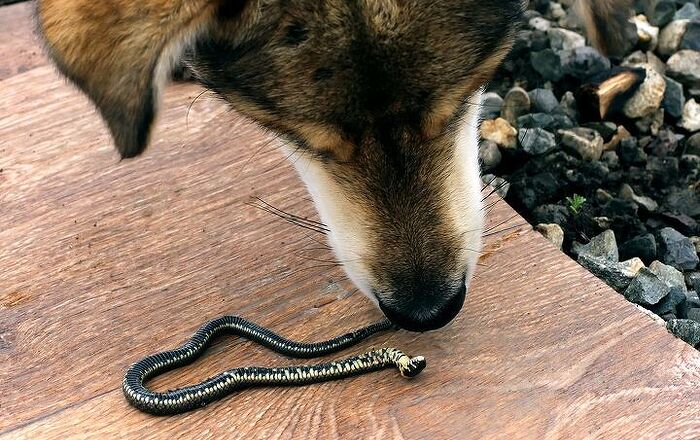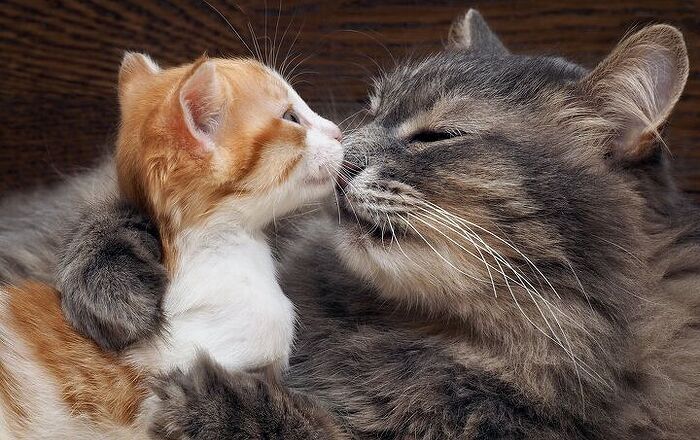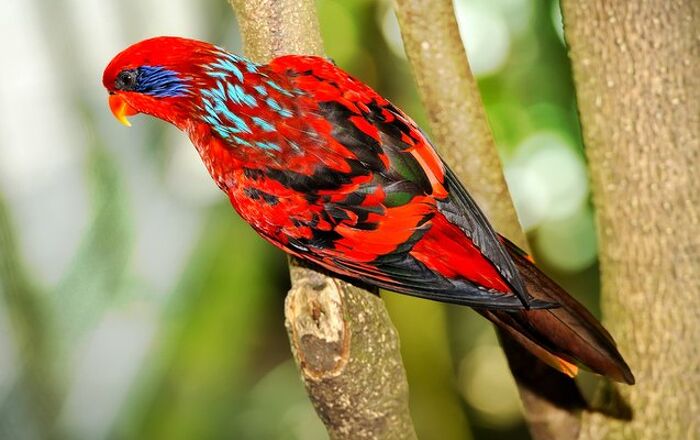
General description
Saltwater Goby Fish are a large family of fish made up of over 2000 distinct species. Most species of saltwater goby fish are extremely small in size and they are characterized by their brightly colored, torpedo-shaped bodies. The goby’s two pelvic fins are also fused into a unique disc-shaped sucker which allows the goby to attach itself it to various surfaces. Gobies are a relatively hardy species of fish that adapts fairly easily to life in the aquarium. This along with their peaceful temperament makes them excellent choices for most beginner aquarists.
Saltwater Goby Fish are a large family of fish made up of over 2000 distinct species.
Origins
Gobies originate in the shallow tropics of oceans across the world.
Color
Gobies are one of the most colorful species of saltwater fish. They come in dazzling shades of red, yellow, orange, blue, green, silver, white, brown, grey and black.
Maintenance and care

Gobies are one of the smallest species of marine fish in the modern aquarium hobby and most species do not grow any larger than a couple of inches in length. Gobies are also extremely hardy and can adapt to a range of aquarium conditions.
An extremely peaceful variety of fish, gobies are very slow swimmers and shouldn’t be housed with larger, more aggressive species of fish that can harass it. Gobies can however be aggressive and territorial towards other gobies after reaching maturity.
Saltwater goby fish thrive when housed in aquariums with relatively peaceful tank mates and numerous caves and crevices. They are also an extremely intelligent species of fish and will often remember specific landmarks in the aquarium to retreat to when feeling threatened or preyed upon. Many species of goby also enjoy burrowing in the aquarium bottom and should be kept in aquariums with a soft sand substrate. Gobies are also prolific jumpers and should not be kept in open aquariums. They should only be housed in tanks with tight-fitting lids.
Feeding
Gobies are primarily carnivores and should be fed on a meaty and varied diet consisting of live or frozen foods like brine shrimp, mysis shrimp, krill and plankton.
Gobies are also extremely hardy and can adapt to a range of aquarium conditions.
Breeding
There are no known reports of successfully breeding gobies in the home aquarium.
In the wild gobies build burrows on the ocean floor out of sand and tiny pieces of coral rubble. Once spawning is complete, the female goby tends to the burrow while the male stands watch over the eggs.
Aquarium varieties
Catalina Goby, Clown Goby, Court Jester Goby, Neon Goby, Dracula Goby, Jaguar Goby, Watchman Goby, etc.
Photo credit: Richard Ling/Flickr; Haplochromis/Wikimedia















